Performance of Phenolic Insulation Pipe Sections in Various Temperature Environments
2025-06-19 09:03:38
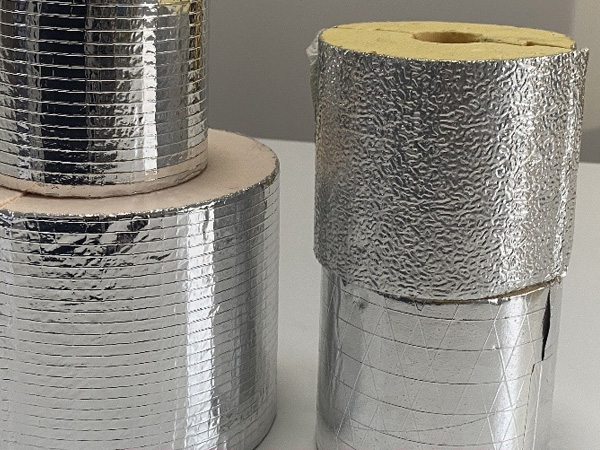
Performance of Phenolic Insulation Pipe Sections in Various Temperature Environments
1. Cryogenic Applications (-196°C to -50°C)
Material Stability: Maintains structural integrity without brittle fracture (passes ASTM C411 cold-bend test at -196°C)
Thermal Conductivity: λ-value stabilizes at 0.018-0.022 W/m·K, outperforming most organic foams
Installation Challenges: Requires slow warming from storage to prevent thermal shock cracking
2. Standard Refrigeration (0°C to -50°C)
Condensation Control: Closed-cell structure prevents moisture ingress (water absorption <1.5% by volume)
Long-Term Performance: No significant dimensional changes after 5,000 freeze-thaw cycles (ASTM C666)
3. Ambient Temperature Range (0°C to 95°C)
Optimal Performance Zone: Minimal thermal drift (Δλ <3% over 10 years)
Mechanical Properties: Compressive strength remains stable at 150-250 kPa
4. High-Temperature Service (95°C to 150°C)
Thermal Degradation Threshold:
Continuous exposure limit: 150°C (ASTM C411)
Intermittent peak tolerance: 180°C for 4-hour durations
Gradual Property Changes:
5-8% thickness reduction after 1 year at 120°C
Thermal conductivity increases by 12% at 150°C
5. Fire Exposure Conditions (150°C to 400°C)
Char Formation: Develops 10-15mm protective carbon layer at 300°C
Insulation Preservation: Maintains R-value >1.0 m²·K/W during 2-hour fire resistance tests (UL 1709)
Post-Fire Integrity: Retains 70% of original compressive strength after cooling
6. Special Environmental Considerations
Thermal Cycling: Withstands 50,000 cycles between -40°C and 120°C (MIL-STD-810G)
Chemical Plant Service: Stable in pH 2-12 environments up to 95°C
Coastal Installations: Salt spray exposure causes <0.5mm/year surface erosion
Critical Design Note: For piping systems experiencing rapid temperature fluctuations (>20°C/minute), specify reinforced phenolic foam with fiberglass scrim to prevent delamination. Always allow 5mm expansion gaps at pipe supports for thermal movement accommodation.
Maintenance Protocol: Conduct annual infrared thermography scans to detect hot/cold spots indicating insulation degradation in extreme temperature services.
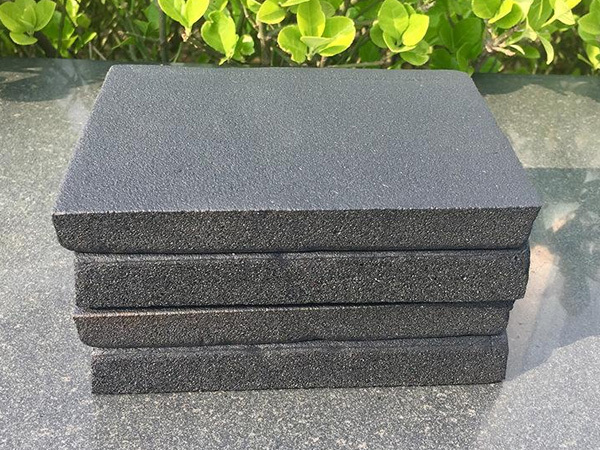
OurFlame Retardant Rubber Foamis a premium closed-cell elastomeric insulation material engi...
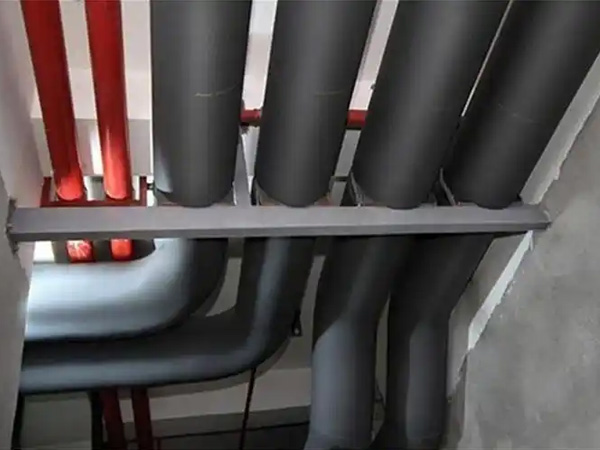
OurRubber Pipe Insulationis a high-performance solution designed specifically for HVAC pipi...
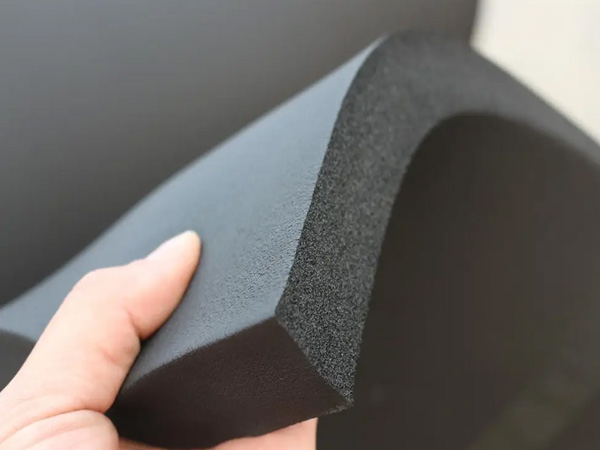
Rubber Foam Insulation Sheet – Product Introduction Premium Flexible Insulation for Therm...
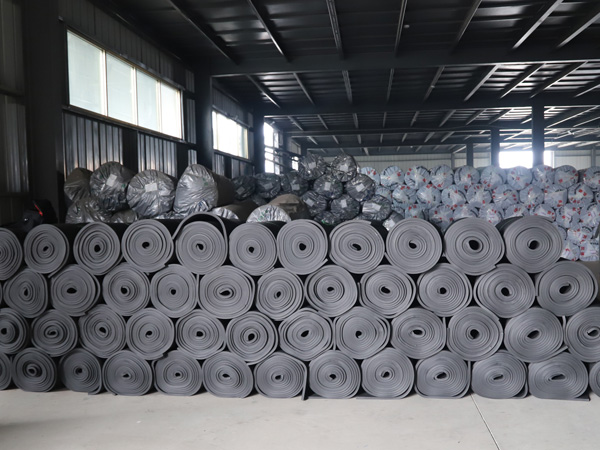
Specially engineered for refrigeration applications, ourElastomeric Rubber Insulationprovid...



